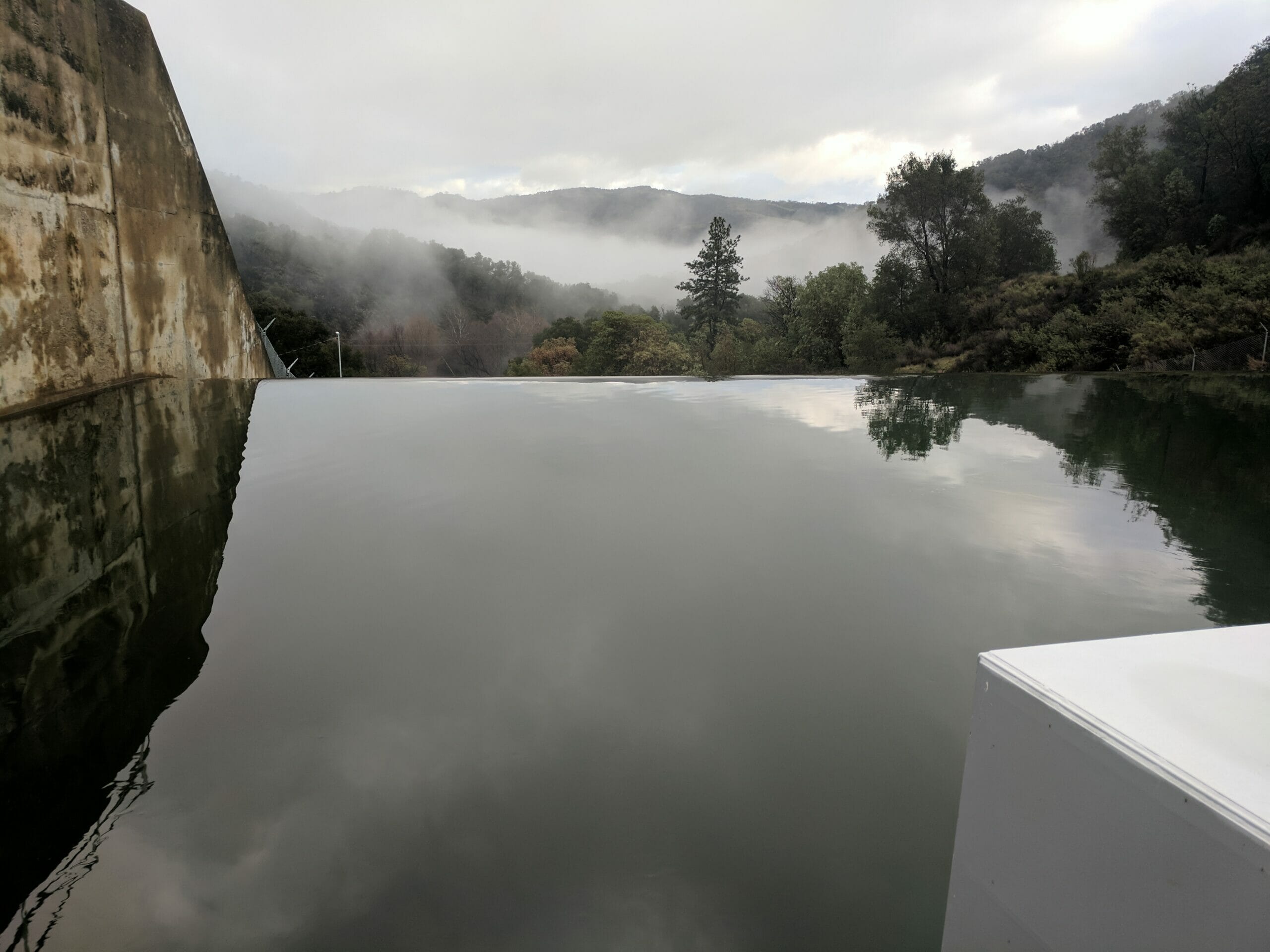Science shows downstream passages wreak havoc on migratory fish
Anadromous fish have it rough. Not only do these fish swim miles and miles from their natal streams out to the ocean to grow while surviving its many predators and then swim all the way back to spawn, but we also throw dams in their way to further complicate their lives. And despite huge investments to make dams more ‘fish friendly’, dams continue to block the downstream passage of fish and their offspring, ultimately leading to ecological traps and hampering efforts to restore populations.
Haley Ohms, one of TU’s science team members conducted a study while at her previous employer, University of Santa Cruz, that showed the different ways in which dams and their reservoirs can hinder downstream passage. In conjunction with NOAA’s Southwest Fisheries Science Center, Monterey Peninsula Water Management District and others, Ohms and her team found four issues with downstream passage at a dam for steelhead on the Carmel River on the central-California coast.
Many dams have been retrofitted with upstream passage structures, such as fish ladders, that allow fish to move to spawning habitat upstream of dams. These upstream passage structures typically work well and can pass most of fish seeking to move upstream. Yet, for downstream passage, many problems remain for both adults and juveniles. Ultimately, the lack of downstream passage can lead to ecological traps when fish move above dams to spawn, but their offspring cannot make it downstream to complete their lifecycle.
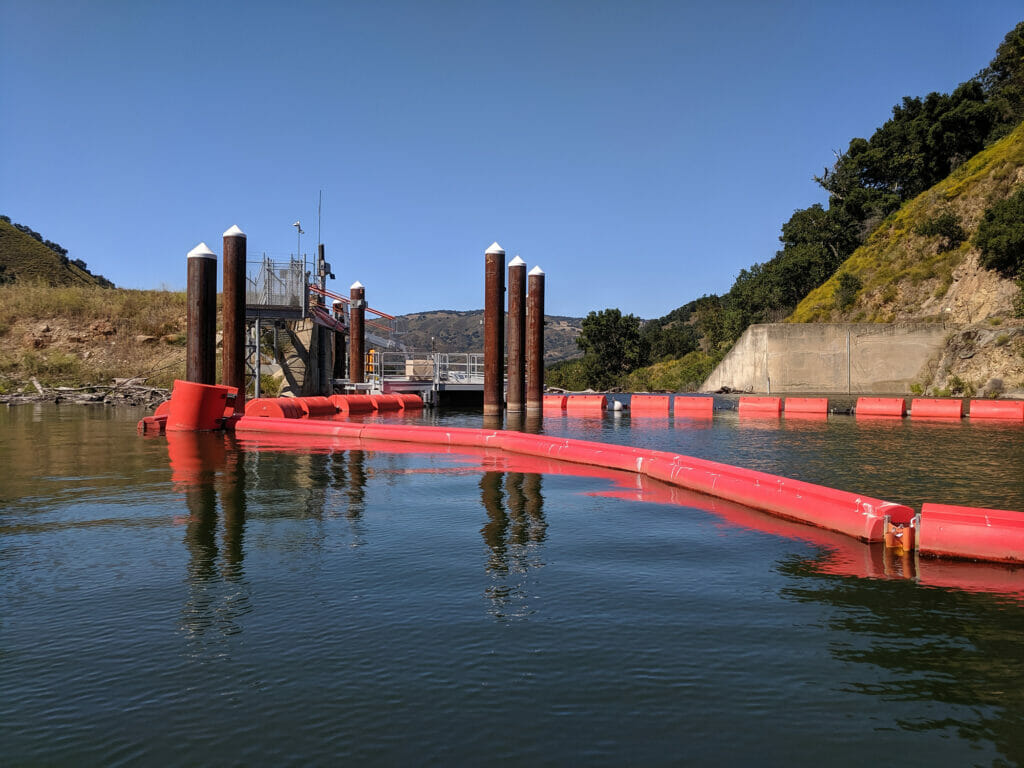
Research shows downstream passage insufficient
The first way that fish are challenged in such systems is with migration delay. Once fish are on their way downstream through a reservoir, they often take significantly longer to move through and downstream of the dam. This increases predation rates, often finds fish in water too warm for their survival and at times, makes it impossible for them to reach the ocean.
The study also found that fish repeatedly avoided the downstream passage option preferring to swim over the spillway if enough water flowed for them to do so. (Issue #2) At times, adults would even enter the passageway to go downstream, only to return to the reservoir and then pass over the spillway.
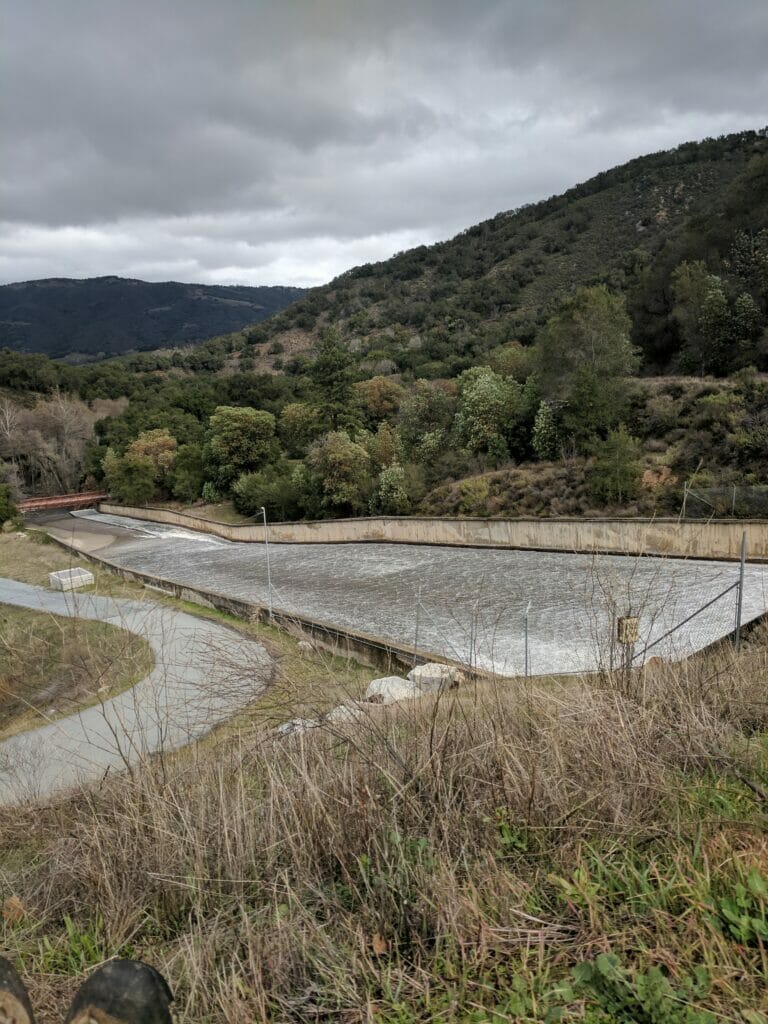
This sounds like a good solution (Issue #3) until you consider climate change and severe drought affecting many such waterways. The study found that adults require just over 3.3 inches of water to move over the spillway, while juveniles require 1.5 inches of water, and once the water drops below those levels fish stop moving downstream. Over the last 20 years, lack of water in the spillway at the dam studied on California’s Carmel River caused at 55% reduced rate of migration, which equals a significant ecological trap.
The last issue is with loss within the reservoir created by the dam. They observed a 75% loss of juvenile fish that entered the reservoir and didn’t make it through the passage for one reason or another.
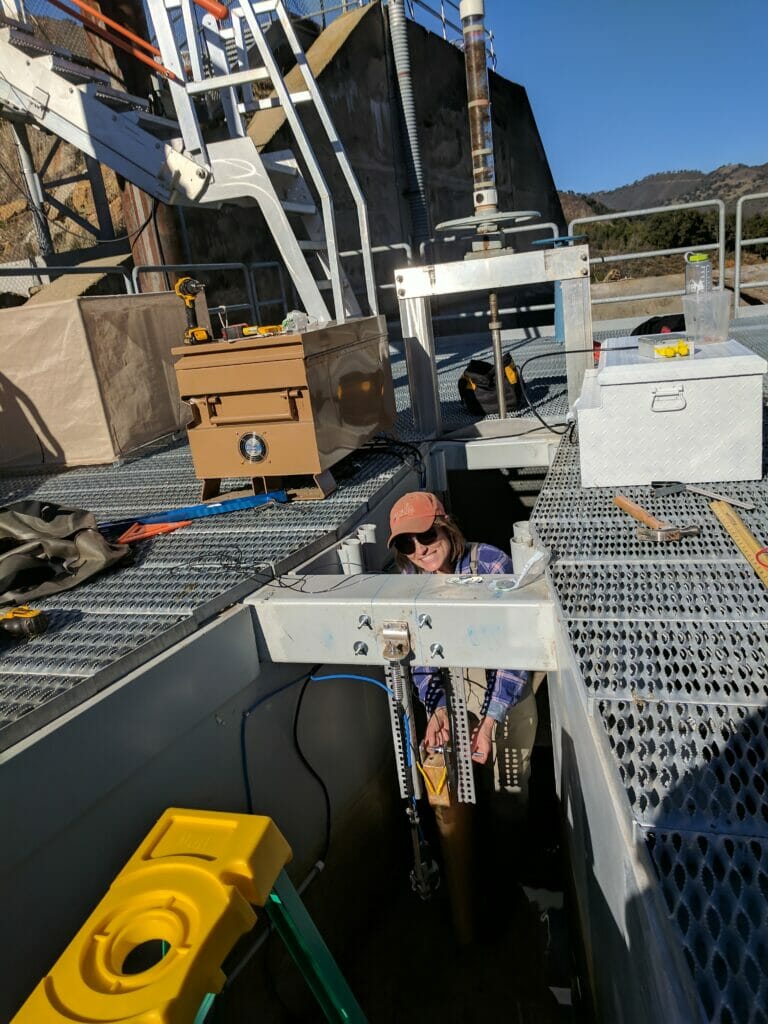
We know the issues, are the solutions?
So, what does this all mean? Downstream passage at dams is a multidimensional problem that does not have readily available engineering solutions. Allowing fish to move upstream, while preventing their downstream movement creates an ecological trap that can harm populations by lowering survival and decreasing numbers.
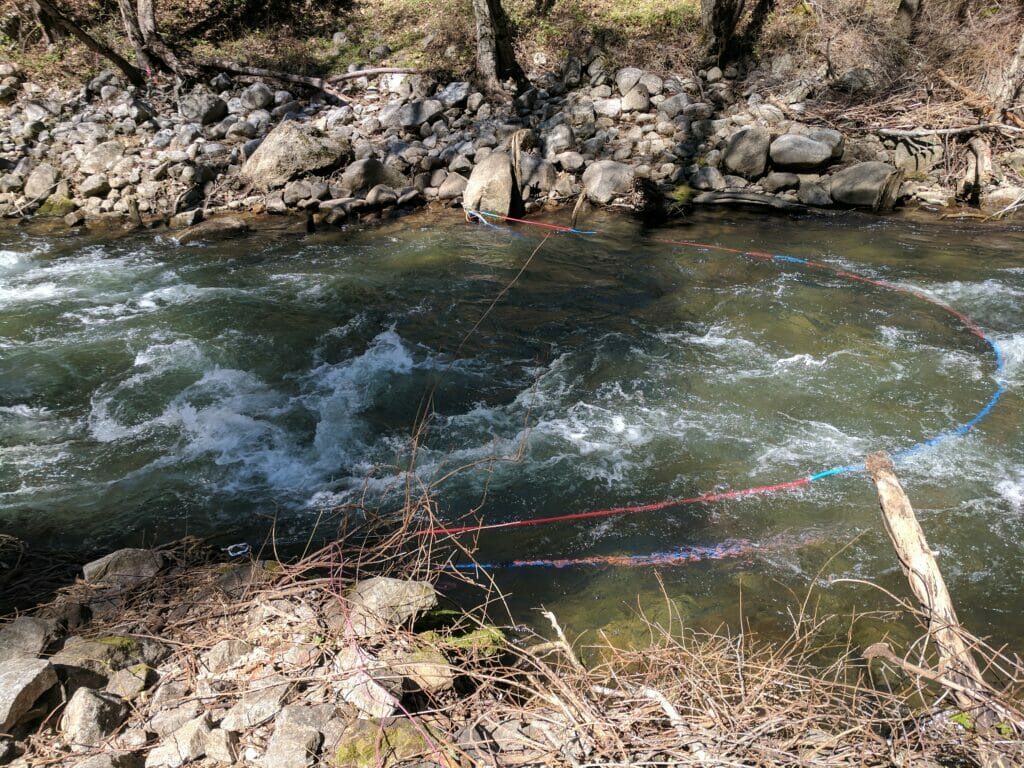
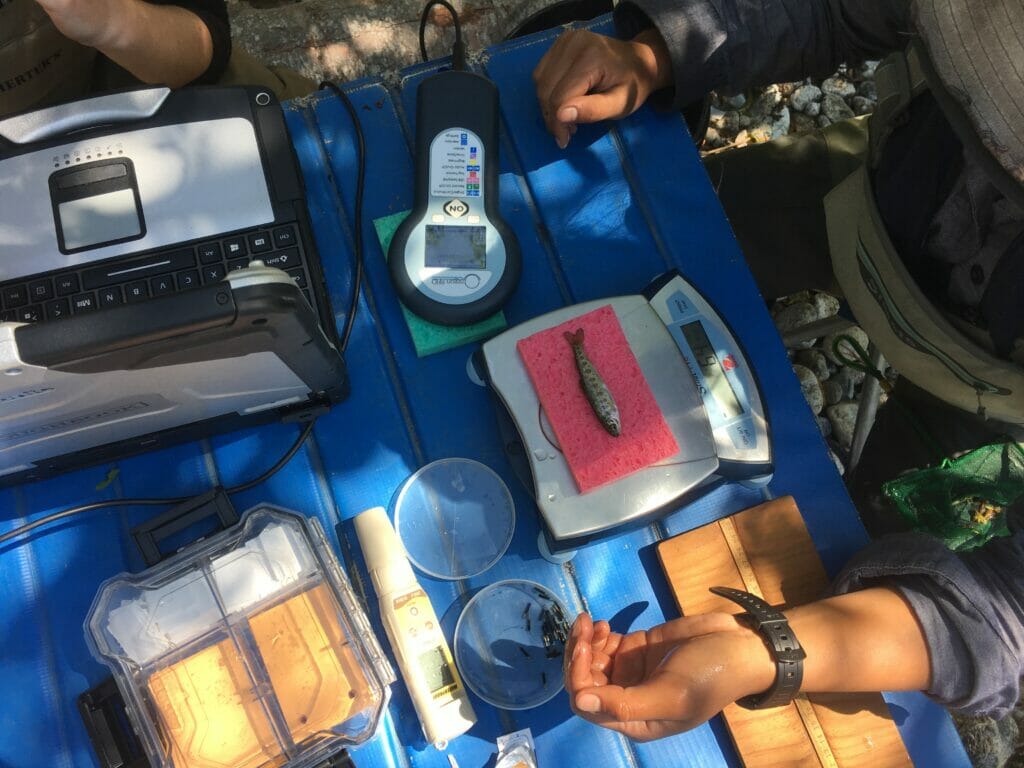
In big waterways like the Columbia and the Snake, efforts to increase the amount of water flowing over a spillway have commenced for the last few years, but delay and mortality in the reservoirs remains a problem.
We’ve spent multiple millions of dollars designing passageways with little to show for it. Despite this considerable investment, anadromous fish populations are still struggling mightily, and these ecological traps are just some of the reasons behind it.



